Royal Dux porcelain is a type of fine china first produced in the town of Duchcov, in what is now the Czech Republic, at the end of the 19th century. The company was founded in 1853 by Eduard Eichler and began producing fine porcelain in 1860. In 1896, Emperor Franz Joseph I of Austria granted the company the status of "supplier to the imperial and royal court". In the late nineteenth and early twentieth centuries, Royal Dux became known for its innovative designs and quality of manufacture. The company was particularly renowned for its figurines, which depicted a wide range of subjects including animals, children and historical figures.
One of the most distinctive features of Royal Dux porcelain is its characteristic matt white glaze, which gives the pieces a soft, velvety texture. The company also produced pieces with a glossy glaze and a range of decorative techniques, including hand-painted motifs, gilding and relief. Throughout the 20th century, Royal Dux continued to produce high quality porcelain, but faced many challenges, including economic downturns, two world wars and changes in consumer tastes. At the end of the 20th century, the company ran into financial difficulties and was eventually nationalised by the Communist government of Czechoslovakia. After the fall of communism, Royal Dux was privatised and returned to private ownership. Today, the company continues to produce fine porcelain, including figurines, vases and other decorative objects. Royal Dux porcelain remains highly prized by collectors and enthusiasts around the world for its beauty, craftsmanship and historical significance.
Dimensions: Width 36 cm, Depth 16 cm, Height 14.5 cm, Weight 1543 grams
Condition: Traces of restoration on one of the handles where they are attached to the vase, loss of gilding due to age. Otherwise, the vase is in good condition.
Please study the accompanying photographs carefully as they form an integral part of this description. The item will be shipped with full tracking and insurance.


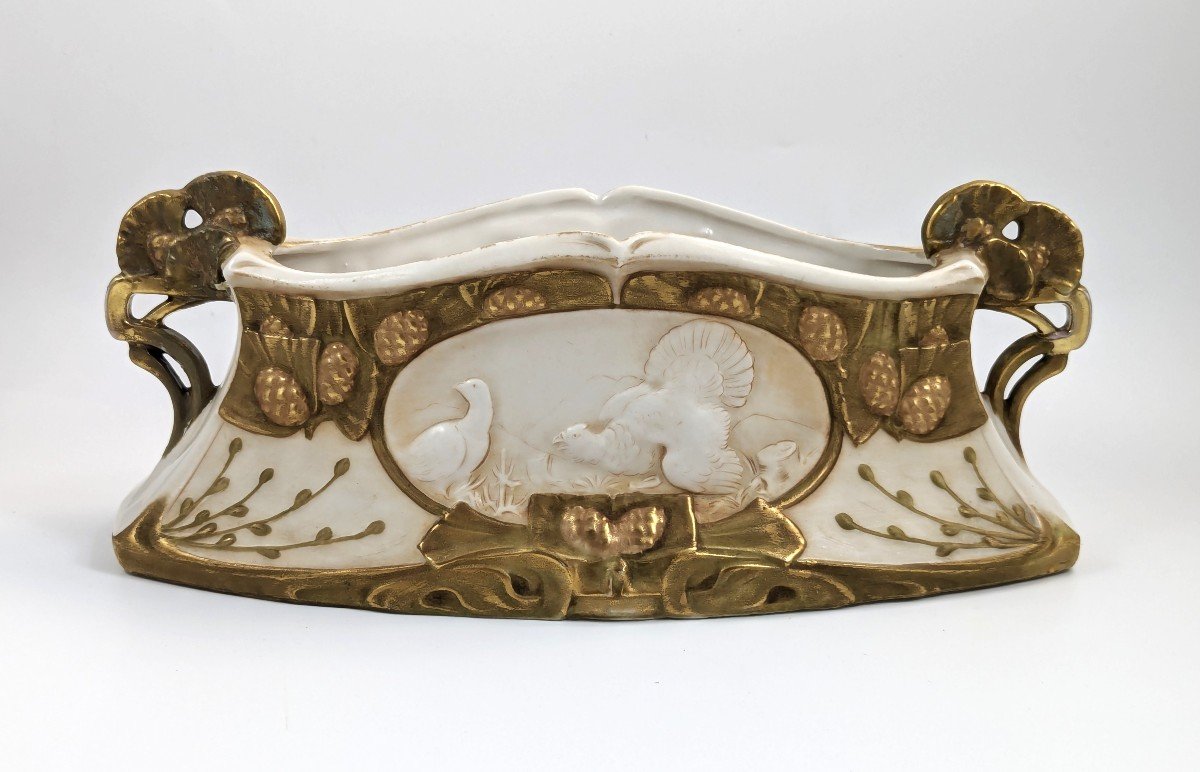
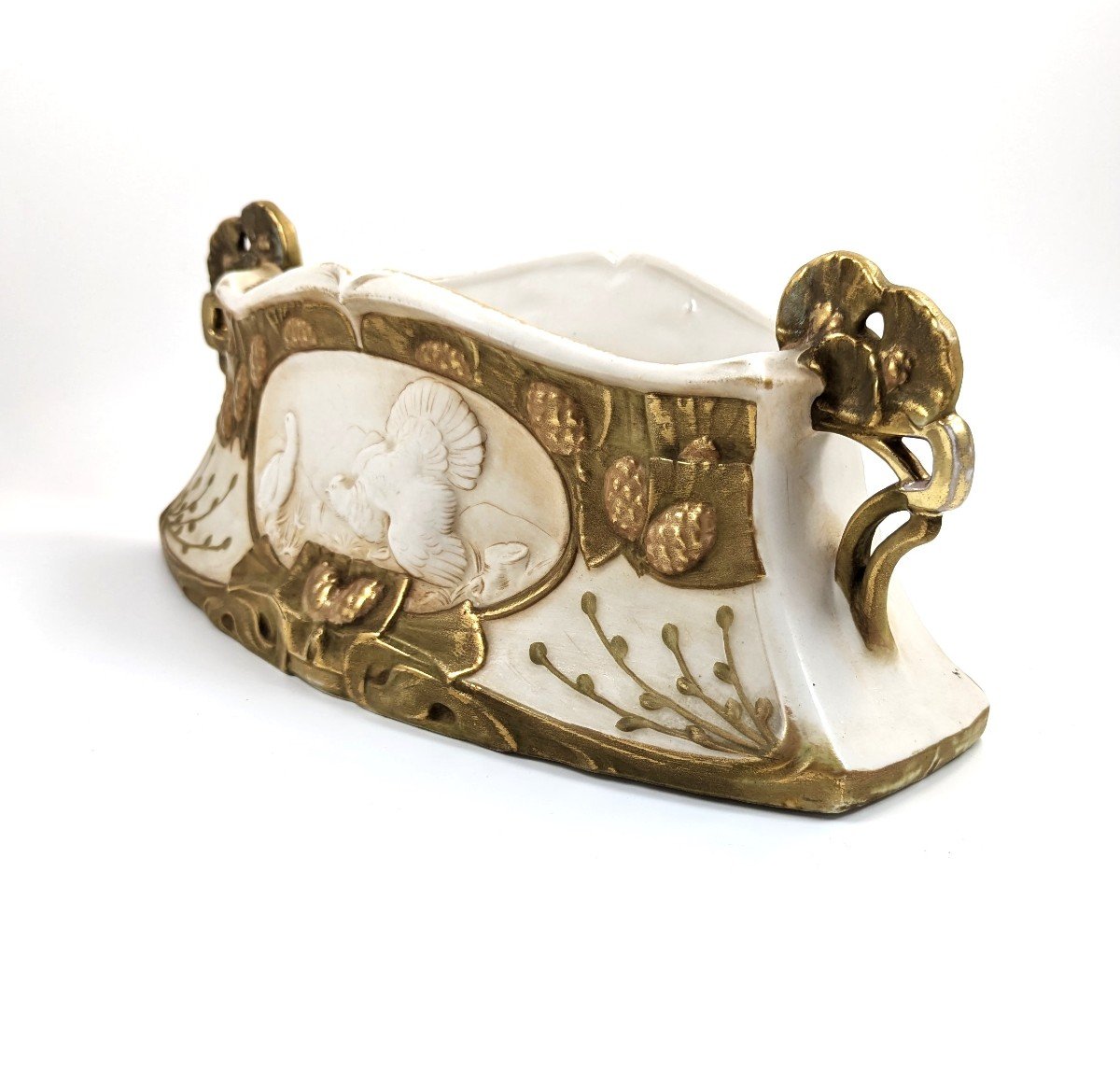



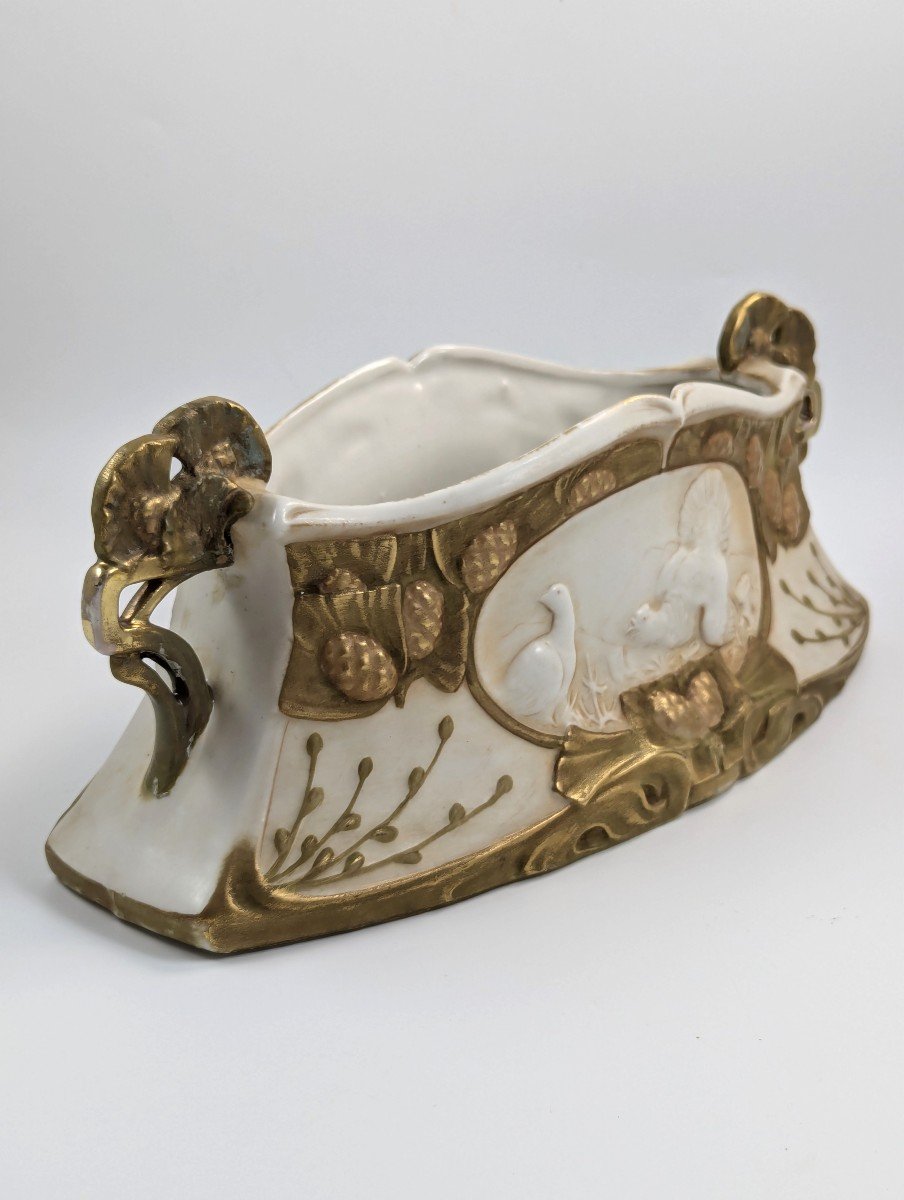

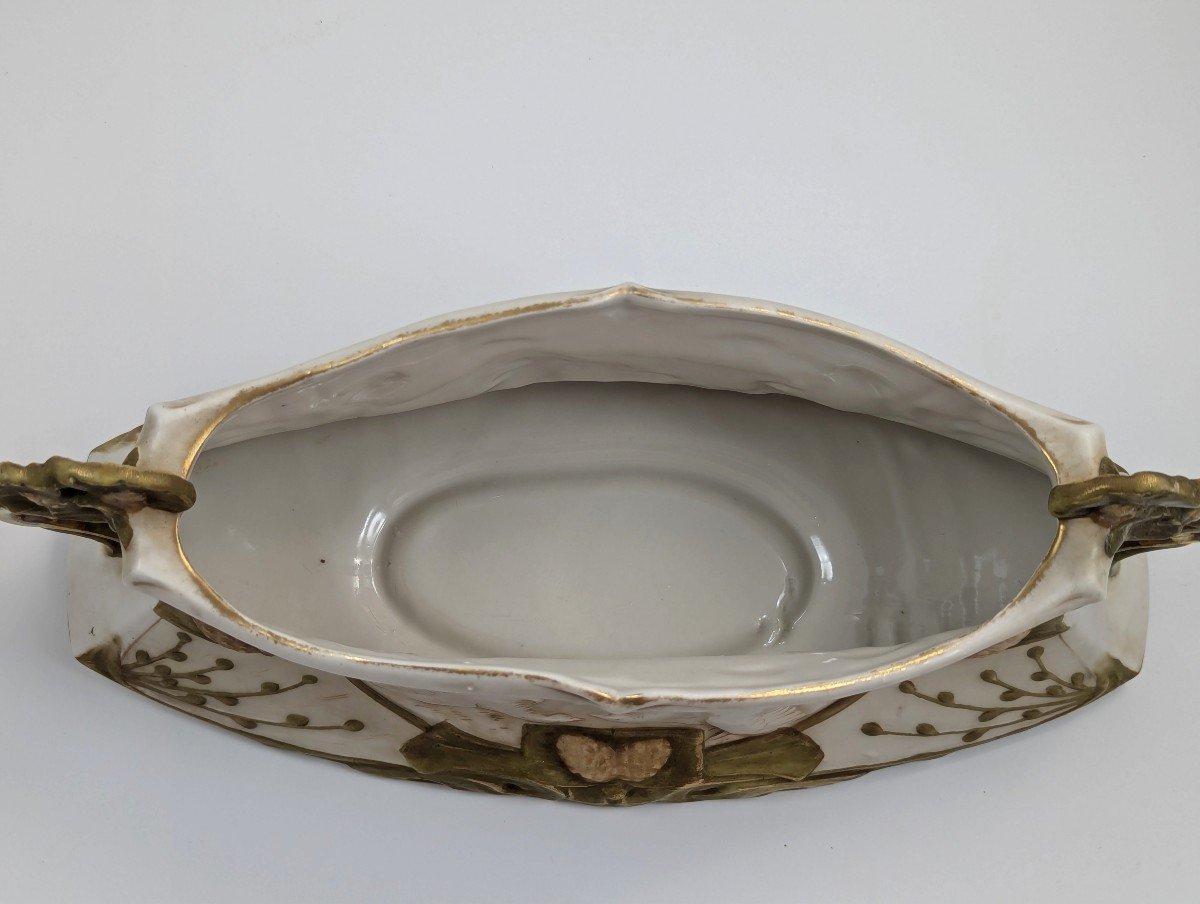





























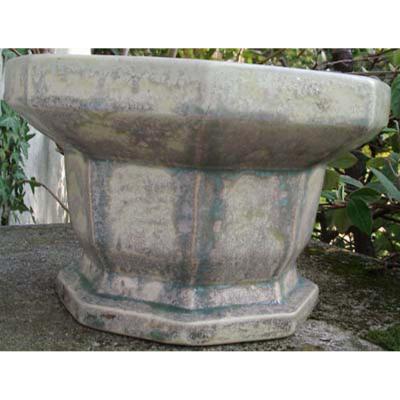

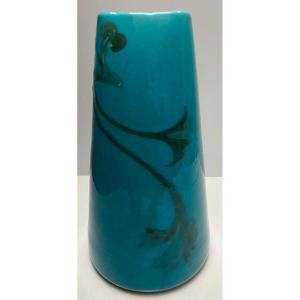




 Le Magazine de PROANTIC
Le Magazine de PROANTIC TRÉSORS Magazine
TRÉSORS Magazine Rivista Artiquariato
Rivista Artiquariato